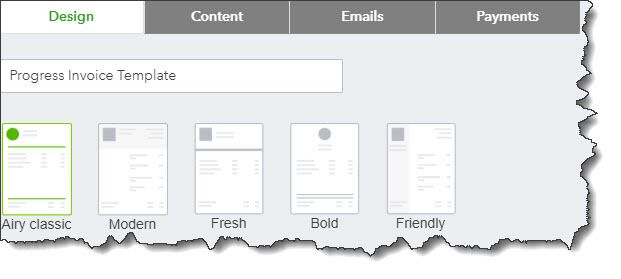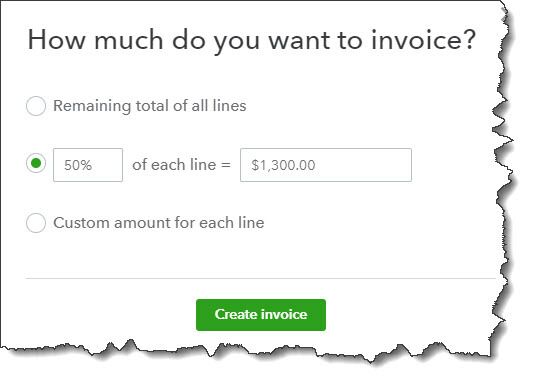 First time hiring an independent contractor? Here’s what you need to know about taxes.
First time hiring an independent contractor? Here’s what you need to know about taxes.
Two months ago in this column, we explained the differences between employees and independent contractors. The IRS has strict rules that you must follow when you make this distinction because there are very different tax rules for each type of worker.
If you’re hiring an independent contractor for the first time, here’s the good news: Your income tax obligations are much simpler than they’d be if you were bringing on a new employee. You are not responsible for withholding and submitting payroll taxes to the IRS and state agencies. You simply pay the compensation that you and your worker have negotiated.
Here’s a look at the forms you and your independent contractor will need to complete.
The W-9

Independent contractors must complete a W-9 before they can get paid by you.
Where employees have to fill out a Form W-4 form to get paid by their employers, independent contractors are required to enter tax-related data on a Form W-9. This is a very simple document, requiring only the taxpayer’s:
- Name, address, and business name (if different).
- Business entity type (sole proprietor, partnership, LLC, etc.).
- Taxpayer Identification Number (TIN). This will most likely be your contractor’s social security number, though in rare cases, it may be an employer identification number (EIN).
- Signature and date signed.
You or your independent contractor can print out a copy of the W-9 here. He or she can either send you a completed paper copy or scan it and email it to you. As the employer, you’ll use this information to report your independent contractor’s annual income. The IRS advises you to keep this form for four years in case it has questions at a later time.
Form 1099-NEC
Before tax year 2020, nonemployee compensation was reported in Box 7 of the Form 1099-MISC. Now, though, there is a separate form for it: the Form 1099-NEC. If you paid someone who is not your employee $600 or more during the tax year, you must complete this form. You’ll need to submit one copy to the IRS, one to state taxing agencies, and one to the contractor by January 31 of the year following the year the income was earned.

You’ll need several copies of the 1099-NEC for distribution.
In addition to the taxpayer’s name, address, and TIN, and your TIN (account number is optional), you must include the following information on the Form 1099-NEC:
- Box 1 should contain the total that you paid the independent contractor during the tax year (nonemployee compensation)
- If the Box 2 is checked, it signifies that you sold $5,000 or more in consumer products to the contractor for resale, on a buy-sell, a deposit-commission, or other basis. The contractor should report income from these sales on the Form 1040’s Schedule C.
- Box 3 is not currently being used by the IRS.
- If you withheld federal income tax from the contractor’s payments, as is required when he or she does not supply a TIN, you must report it in Box 4.
- Boxes 5-7 would only be used if you withheld state income tax.
You can see an example of the Form 1099-NEC here, but you can’t just print or scan and email all of the copies needed. Copy A goes to the IRS, and the other copies go to state tax departments and the independent contractor. You must have an official IRS version of Copy A because it needs to be scanned by the agency. The other copies can be downloaded and printed.
The Form 1099-NECs that you send to the IRS must be accompanied by Form 1096, Annual Summary and Transmittal of U.S. Information Returns. We’ll tell you more about acquiring and preparing all of these forms as the deadline for the 2021 tax year gets closer. Your relationship with your independent contractor should be fairly uncomplicated where taxes are concerned. But if you’re dealing with a situation that causes you to question your handling of it, please let us help. We can also advise you on your classification of your new hire (independent contractor vs. employee), a distinction that the IRS takes very seriously. As always, we’re available to help with year-round tax planning and eventual preparation and filing.
 Estimates—or quotes, or bids—are useful tools when you’re pitching a sale of products or services. Here’s how QuickBooks Online handles them.
Estimates—or quotes, or bids—are useful tools when you’re pitching a sale of products or services. Here’s how QuickBooks Online handles them.

 Incorporating your small business the right way can bring tax benefits and protect your personal assets. Read on to learn more about what incorporation is, why you might want to incorporate, and how an accountant can help you navigate the questions that come with selecting the right business structure.
Incorporating your small business the right way can bring tax benefits and protect your personal assets. Read on to learn more about what incorporation is, why you might want to incorporate, and how an accountant can help you navigate the questions that come with selecting the right business structure. Small businesses benefit from various tax credits that reduce the amount of tax they pay to the government. Here, we discuss tax credits, why they exist and provide a list of the top tax credits that small business owners should know.
Small businesses benefit from various tax credits that reduce the amount of tax they pay to the government. Here, we discuss tax credits, why they exist and provide a list of the top tax credits that small business owners should know. While you may think it’s better to take care of your small business accounting tasks in-house, you may be surprised to know that your business can benefit from having a professional accountant or CPA handle the job for you. Here are the top three reasons to outsource your accounting.
While you may think it’s better to take care of your small business accounting tasks in-house, you may be surprised to know that your business can benefit from having a professional accountant or CPA handle the job for you. Here are the top three reasons to outsource your accounting. …and tips on how to do it.
…and tips on how to do it.